Толщина твердосплавных пластин является важным фактором для различных промышленных применений, обеспечивая исключительную прочность, износостойкость и долговечность. Независимо от того, являетесь ли вы опытным профессионалом или новичком, изучающим твёрдосплавные пластиныВ этом руководстве мы рассмотрим все детали, от сырья до выбора лучшего поставщика. Готовы погрузиться? Вперед!
Что такое толщина твердосплавных пластин?
Твердосплавные пластины - это конструкционные материалы, изготовленные из порошка карбида вольфрама в сочетании со связующим металлом, таким как кобальт. Эти пластины широко используются в таких отраслях, как механическая обработка, горнодобывающая промышленность и производство инструментов. Толщина твердосплавной пластины существенно влияет на ее характеристики, определяя ее прочность, долговечность и пригодность для конкретных применений.
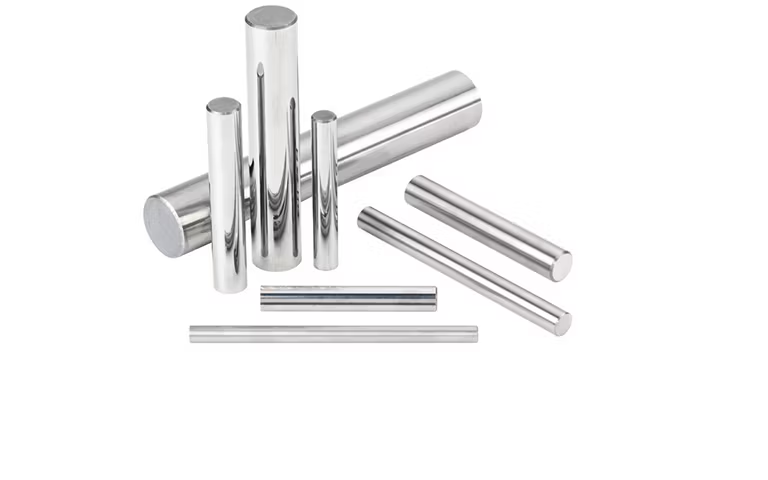
Типы толщины твердосплавных пластин
| Тип | Диапазон толщины (мм) | Общие приложения |
|---|---|---|
| Ультратонкие пластины | 0.5 – 1.0 | Прецизионные инструменты, часы |
| Тонкие пластины | 1.1 – 3.0 | Режущие инструменты, износостойкие пластины |
| Стандартные пластины | 3.1 – 10.0 | Горнодобывающая промышленность, промышленная оснастка |
| Толстые пластины | 10.1 – 25.0 | Тяжелая техника |
| Сверхтолстые пластины | 25.1 – 50.0+ | Структурная арматура |
Анализ сырья и состава
Твердосплавные пластины в основном изготавливаются из карбида вольфрама (WC) и связующего металла, например, кобальта (Co). Смесь обычно содержит:
- Карбид вольфрама (70%-97%): Обеспечивает твердость и износостойкость.
- Кобальт (3%-30%): Действует как связующее, придавая прочность и гибкость.
- Другие добавки: Карбид титана (TiC) или карбид тантала (TaC) для придания особых свойств, таких как коррозионная стойкость.
Благодаря этой смеси твердосплавные пластины обладают идеальным балансом твердости, прочности и долговечности.
Применение толщины твердосплавных пластин
| Приложение | Промышленность | Преимущества специфической толщины |
|---|---|---|
| Режущий инструмент | Производство | Точность, износостойкость |
| Штампы и пресс-формы | Автомобильная промышленность | Долговечность при высоких нагрузках |
| Износостойкие детали | Добыча | Устойчивость к истиранию и ударам |
| Структурные компоненты | Строительство | Прочность для несущих конструкций |
| Прецизионные приборы | Аэрокосмическая промышленность | Минимальная деформация, высокая точность |

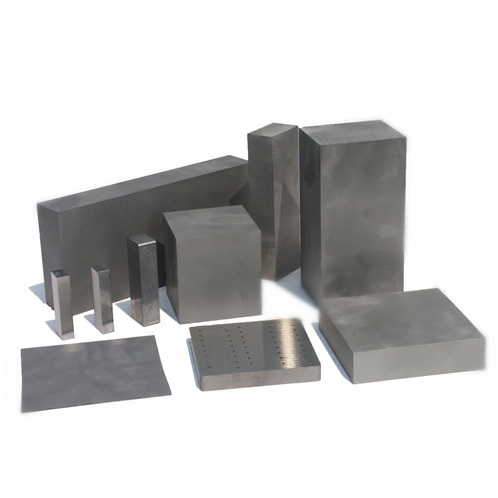

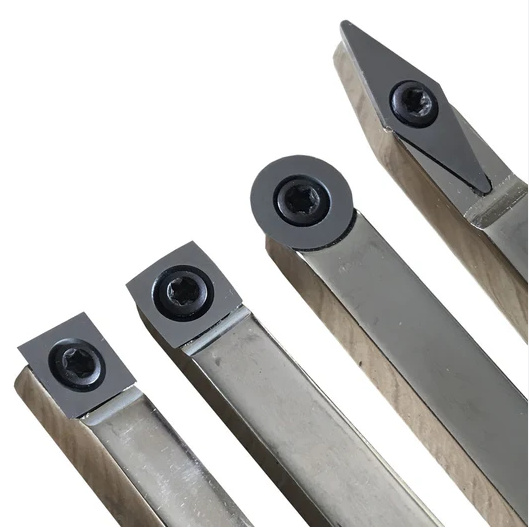
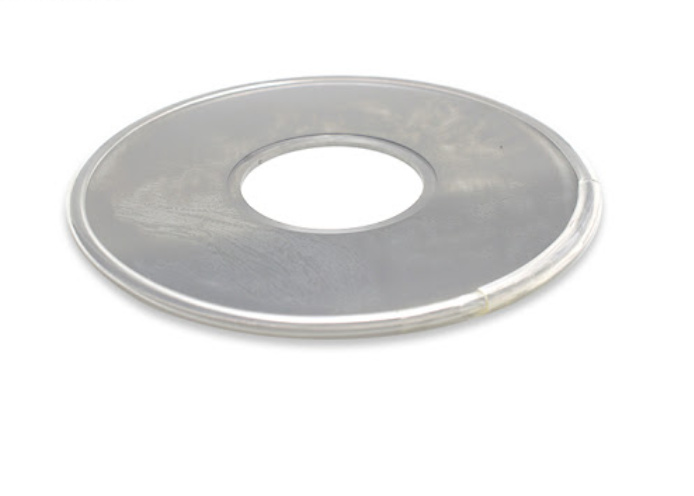
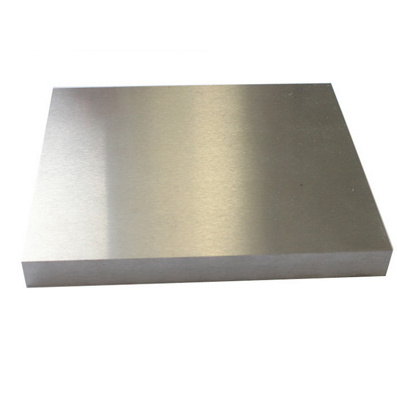
Технологический процесс производства толстолистового твердого сплава
Создание твёрдосплавные пластины это тщательный процесс, включающий в себя несколько этапов:
- Смешивание порошков: Порошок карбида вольфрама смешивается со связующим веществом (кобальтом) и другими добавками.
- Нажатие кнопки: Порошковая смесь спрессовывается до нужной формы и толщины.
- Агломерация: Прессованные плиты нагреваются при высоких температурах для достижения плотности и прочности.
- Отделка поверхности: Шлифовка и полировка улучшают поверхность пластины для повышения производительности.
- Тестирование качества: Пластины проверяются на твердость, прочность и точность размеров.
Свойства материала Толщина твердосплавной пластины
| Недвижимость | Описание |
|---|---|
| Твердость | Высокая устойчивость к деформации |
| Износостойкость | Исключительная стойкость к трению |
| Прочность на сжатие | Выдерживает высокое давление и стрессовые нагрузки |
| Теплопроводность | Эффективное рассеивание тепла |
| Коррозионная стойкость | Устойчивость к химическим воздействиям |
Состав, свойства и характеристики
| Состав | Свойства | Характеристики |
|---|---|---|
| WC + Co (высокий WC) | Чрезвычайная твердость | Идеально подходит для износостойких деталей |
| WC + Co (высокое содержание Co) | Повышенная прочность | Подходит для сильных ударов |
| WC + TiC/TaC | Коррозионная стойкость | Отлично подходит для работы в химических средах |
| Мелкозернистый унитаз | Улучшенная обработка поверхности | Используется в прецизионной оснастке |
| Крупнозернистый унитаз | Превосходная износостойкость | Используется в тяжелых условиях эксплуатации |
Твердость, прочность и износостойкость
| Параметр | Диапазон | Значение толщины |
|---|---|---|
| Твердость (HRA) | 85 – 93 | Большая толщина часто снижает твердость |
| Прочность на сжатие | 2000 - 4000 МПа | Прямо пропорционально толщине пластины |
| Износостойкость | Отличный | Неизменна во всех диапазонах толщины |
Технические характеристики, размеры, формы и стандарты
| Спецификация | Подробности |
|---|---|
| Стандартные размеры | 100×100 мм, 200×200 мм, на заказ |
| Формы | Квадратные, прямоугольные, круглые |
| Допуск по толщине | ±0,1 мм |
| Стандарты | Стандарты ISO 9001, ASTM, DIN |
Выбор толщины твердосплавной пластины поставщики и цены детали
| Фактор | Подробности |
|---|---|
| Репутация поставщика | Обеспечение сертификации ISO и высоких оценок клиентов |
| Структура ценообразования | В зависимости от толщины, состава и индивидуальных особенностей |
| Срок поставки | Быстрое выполнение стандартных и индивидуальных заказов |
| Дополнительные услуги | Шлифовка, полировка и поддержка дизайна |
Выбор правильной толщины твердосплавных пластин
| Критерии | Рекомендуемое действие |
|---|---|
| Тип приложения | Подберите толщину в соответствии с назначением |
| Потребности в износостойкости | Выбирайте высокое содержание WC |
| Устойчивость к ударам | Выбирайте более высокое содержание Co |
| Требования к точности | Используйте пластины из мелкозернистого твердого сплава |
| Бюджетные ограничения | Баланс между производительностью и стоимостью |
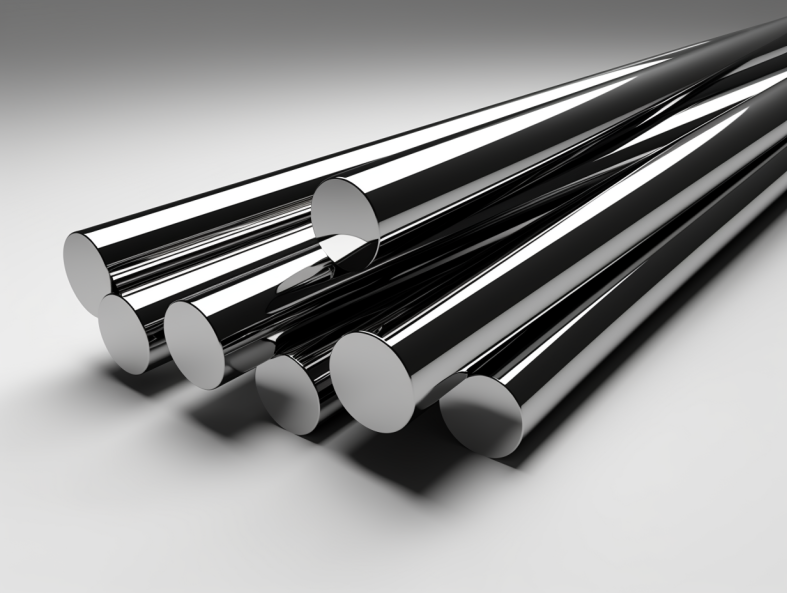
Преимущества и ограничения толщины твердосплавных пластин
| Преимущества | Ограничения |
|---|---|
| Высокая твердость и износостойкость | Дорогие по сравнению с другими материалами |
| Длительный срок службы | Сложно обрабатывать без специальных инструментов |
| Универсальные приложения | Более тяжелые размеры |
| Отличная термическая стабильность | Ограниченная гибкость в некоторых областях применения |
Вопросы и ответы
| Вопрос | Ответить |
|---|---|
| Какова идеальная толщина режущего инструмента? | Обычно 1,1-3,0 мм, в зависимости от применения. |
| Как выбрать лучшего поставщика? | Обратите внимание на сертификаты, отзывы клиентов и возможности настройки. |
| Можно ли изготовить твердосплавные пластины по индивидуальному заказу? | Да, большинство поставщиков предлагают нестандартные толщины, размеры и формы. |
| Всегда ли толстые пластины лучше? | Не обязательно; это зависит от приложения и требований к производительности. |
| Как ухаживать за пластинами из твердого сплава? | Регулярно проводите уборку, избегайте использования агрессивных химикатов и обеспечьте надлежащее хранение. |


